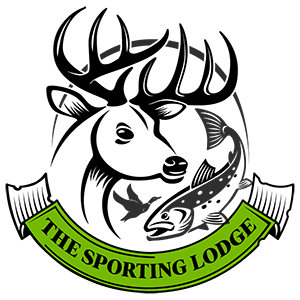Fly Fishing Equipment Starter Kits
Fly fishing equipment can be complex and costly, making starter kits an excellent way to kick-start your pursuit of this sport.
Beginner rigs typically match rod and line weights with whole number increments, and stores offer an assortment of fly reel brads designed specifically to match them.
Rod
Fly rods are essential tools used for casting and guiding artificial flies on rivers, ponds, lakes and oceans. Modern carbon graphite composite rods come in different sizes and shapes.
Beginners to fishing often opt for a medium action rod that’s versatile enough to meet most conditions and species, which could save money in gear costs over time. Some rods even come equipped with multiple line classes so beginners can save more.
Your choice of rod weight and length depends on the species of fish that you wish to pursue; trout fishermen typically opt for 6- to 8-weight rods while longer rods are ideal for nymph fishing as they provide better reach, making it easier to unbutton snagged flies, as well as protecting light tippets.
Line
Line is the component that connects your reel. To ensure optimal fly casting results, invest in high-quality lines.
Weight-forward floating lines designed with front loading are often the go-to choice, as these provide optimal casting performance in most conditions and can accommodate dry flies, streamers or nymphs with equal ease.
Manufacturers offer lines specifically tailored for specific fishing applications by modifying taper components during production. Some lines come ready-made for coldwater trout fishing while others need to hold their shape better when used to cast large flies to bonefish or tarpon in hot tropical settings.
Leader
Leaders are an essential element of fly fishing and have an outsized impact on success compared to rod, reel, or line alone. Leaders generally come in short versions that float or sink with your fly line, providing more versatility when casting for fish.
Many anglers create their own leaders using monofilament or fluorocarbon line, though premade ones come in various lengths and taper designs for ease of use.
Your choice of leader should coincide with the size and presentation of your fly. A longer leader might work better with larger dry flies while shorter leaders offer greater stealth when used with smaller indicator flies. Leader design is a vast topic which could even become a lifetime pursuit for some anglers.
Tippet
Tipet is the clear line connecting the fly to your leader and can be made of either monofilament or fluorocarbon material. Deciding upon an optimal tippet size depends upon your fishing type, breaking strain preference and casting capabilities.
Tippet material comes in various strengths, typically ranging from 0x-7x. As its number increases, so too will its thickness and strength.
Tippets are essential components of fly fishing because they allow anglers to use lighter-weight flies than the leader can support, meaning more fish and longer casts! Furthermore, tippets help prevent your fly from scaring away fish you want to catch by concealing its line and thus increasing success rates.
Fly Box
Fly boxes are essential tools for safely storing and organizing flies, from large briefcase-size containers for boats to ultra slim fly boxes no larger than an iPhone, there are various choices on the market that make your fly fishing experience better.
Organization is essential in keeping your gear ready for use and uncluttered if you fish in different environments or regions. Establishing an effective fly organization system for yourself is especially helpful in these cases.
An effective system involves setting aside several “always need” boxes filled with caddis, blue winged olives, midges, terrestrials and attractor patterns as well as season-specific trout flies – these “always need” boxes should always be carried with you to save you from having to swap between multiple boxes throughout the day. This way you don’t need to steal flies between boxes as needed!
